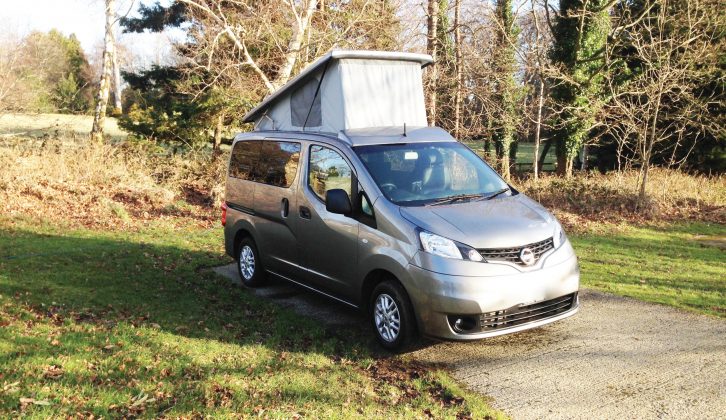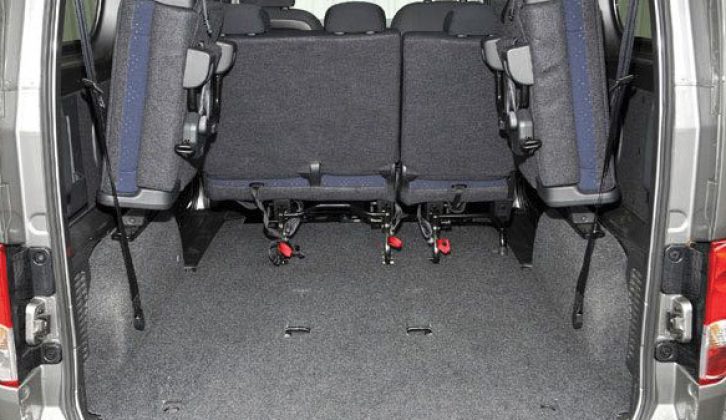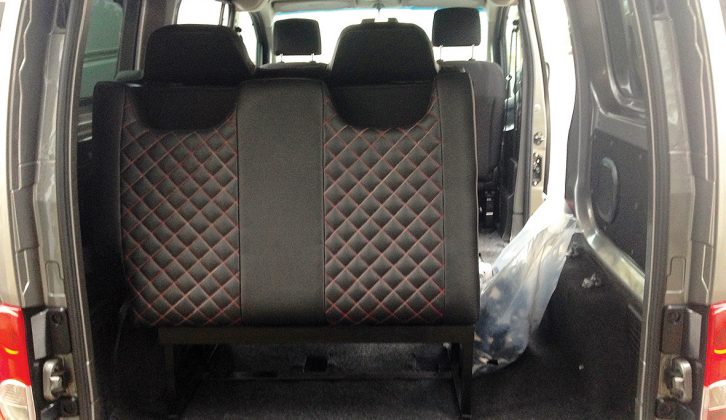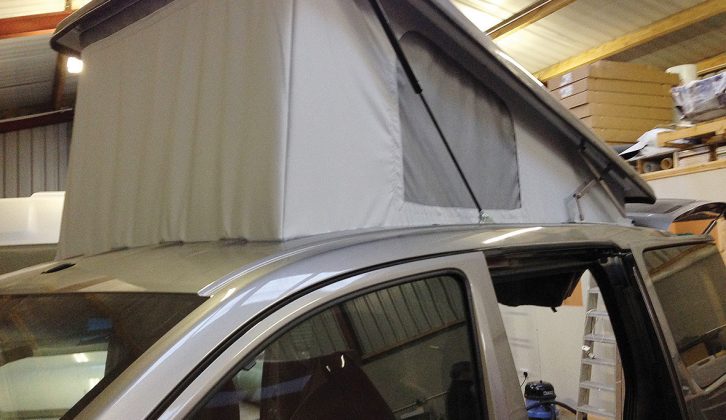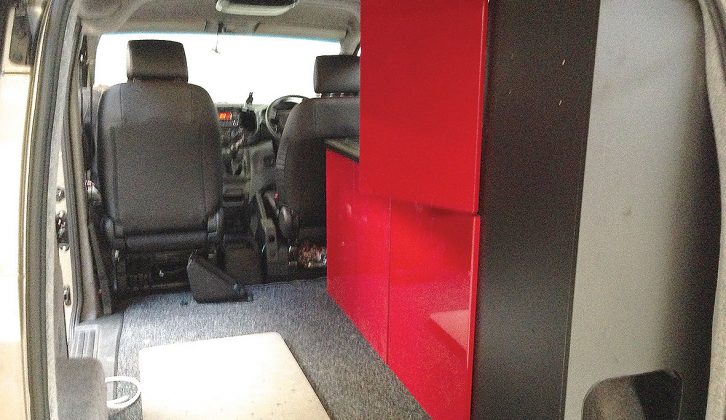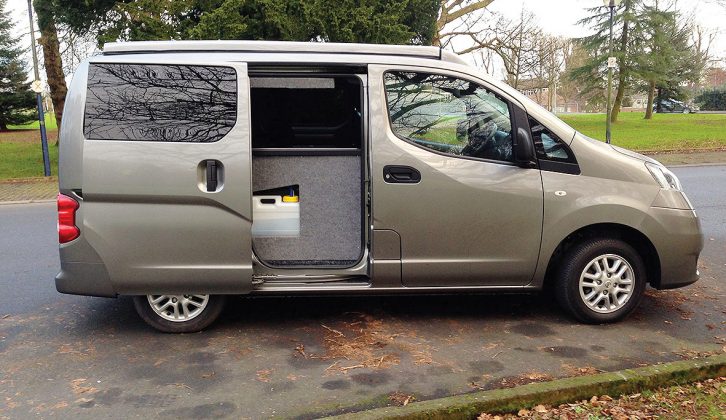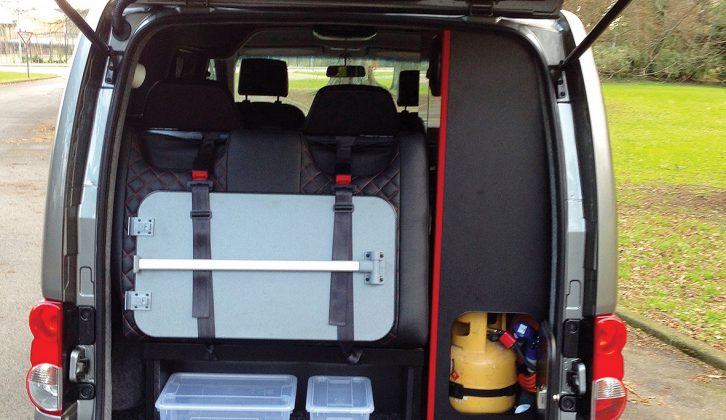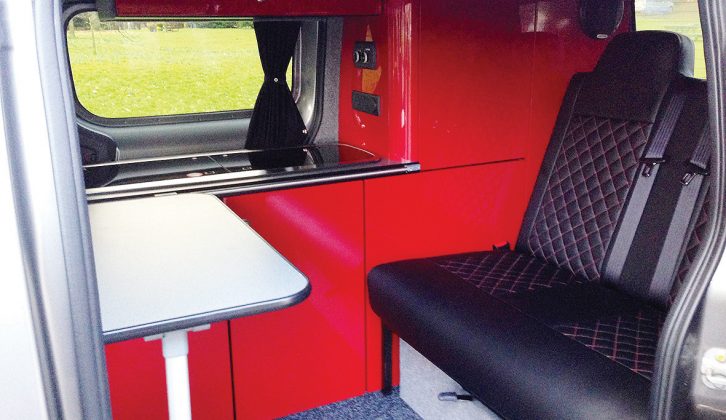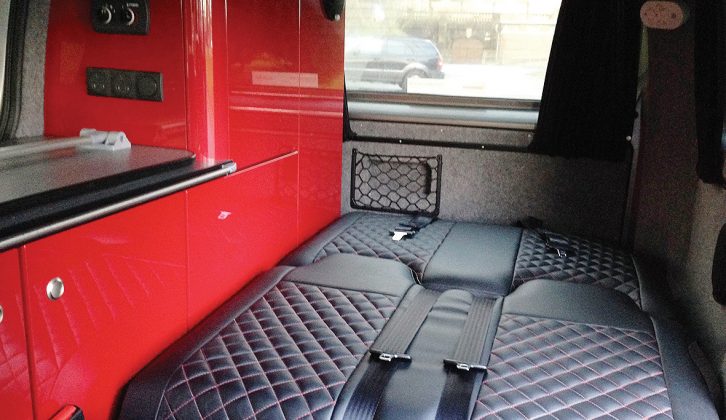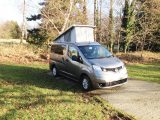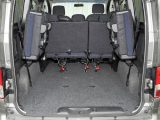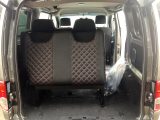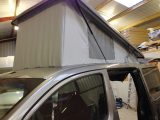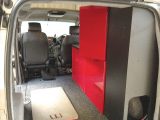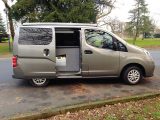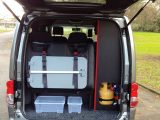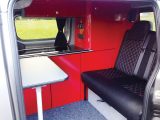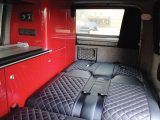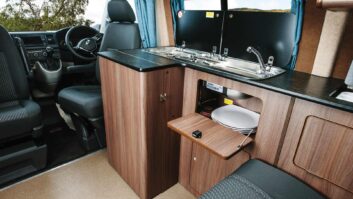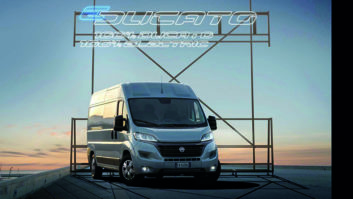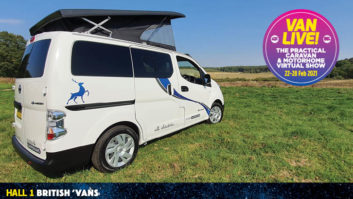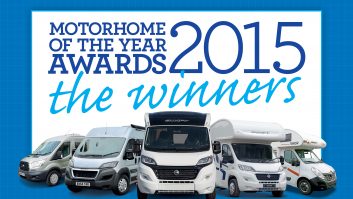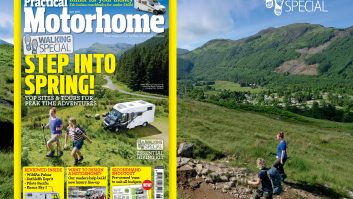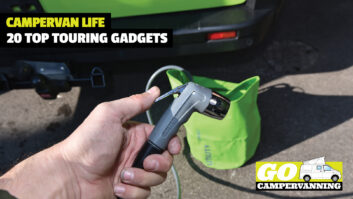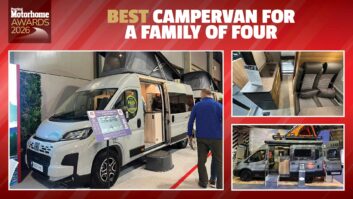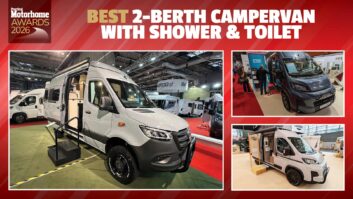Once I’d decided to enter the world of full-time motorcaravanning, I had to choose a type of ’van and a layout that would best suit my needs.
I wanted a motorhome that would fit in a garage and under car-park barriers. It had to be suitable for extended walking trips and to lend to my brother’s family, and it had to be usable summer to winter in the UK and Ireland. Last but definitely by no means least, I wanted it to be economical to buy and run.
After searching online, I selected the Nissan NV200, which figures in the Hillside, Lunar, Sussex and other ranges. Its flat load floor was also an advantage. I went for a pre-owned Combi people carrier version, because it came with passenger airbags, air conditioning, cruise control, alloy wheels, rear windows and a tailgate as standard – they’re options on the panel van version. The downside of the Combi was the five extra seats and some unnecessary, for my purposes, interior trim.
Next, I needed a converter. I decided to go with Bespoke Services in Ballymena, County Antrim, a local firm that provides good support with its campervan conversions and a high standard of finish. Bespoke had never converted a Nissan NV200, so it was interested in the job. It is smaller than the Volkswagen T4/T5s it usually converts, so a few issues had to be discussed, such as the size and height of the rock’n’roll bed, the cupboard layout and how to arrange the pop-top.
You have to consider whether you want the roof to lift to its highest point at the front or the rear. One factor is that part of the bed is above the cab, which cannot be cut out for a pop-top. More height at the rear eases access to the sleeping area, while the cooking/dining/mid-’van area benefits if the top lifts higher towards the front. I opted for the higher front.
How high should the bench seat/bed be? Well, you don’t want your rear-seat passengers’ heads touching the roof or to obstruct the driver’s rear view. I settled on a conventional side cupboard, a tall rear cupboard and under-bed storage to ease bed set-up and increase storage capacity.
Bespoke Services fitted hook-up connections without unsightly plastic hatches: access to the internal 12-litre water tank is inside the offside sliding door, to the gas at the rear and to the mains electricity is underneath. A 110A leisure battery, two-ring gas cooker/sink, a heater and a thermo-electric coolbox complete the kit. Why not fit a fridge? Because a coolbox needs less space, offers flexibility and is enough for my needs. Plus it left me the cash to add a heater!
There has been lots of discussion in magazines about the use and practicality of small campervans, but more people are using them than before. They may be driven by the rising cost of motoring, smaller home parking areas, licence restrictions or the desire to get off the beaten track. Whatever the reason, they are a cost-effective introduction to our pastime.
As for weights, most small ’vans have pre-conversion load limits of about 750kg. So how many mod-cons do you need? We travel to see new things with friends and family, not to have lots of things around us that we don’t use.
The conversion went very well using a Drivelodge pop-top and a VW T4 passenger seat swivel. The front seats were reupholstered by a local firm to match the rock’n’roll bench seat. The converter did some head-scratching, but the staff’s professionalism and experience showed throughout.
I am delighted with the finished campervan. The internal and external finish is exceptional. The cupboards would not look out of place in a glossy kitchen magazine. There’s plenty of storage in the units, the door niches and the overhead cupboard, while the curtains, carpet and wall covering are blended seamlessly into the original trim. And we just made one trip to Ikea for plastic storage boxes. Now, the ’van will take us to music festivals, on walks and around Ireland.
Having got through the campervan conversion process and finished with a ‘van I’m very happy with, here are a few points to consider if you’re thinking this is something you’d like to do:
- Lead-in times for a van conversion can be as much as six months, so plan early.
- Do you want a front- or rear-lifting roof?
- What equipment do you actually need inside? Some items may be difficult to fit later, while others will be uncomplicated upgrades.
- What size motorhome do you need to meet your demands for the number of berths, seating, driving, use and storage?
- Will you be away from mains power for long? Have you considered solar panels?
- What size or type of gas cylinders do you want? Do you prefer refillable cylinders?
- Some small vans do not have passenger airbags or other safety features as standard. These cannot be fitted later.
The internal and external finish is exceptional
